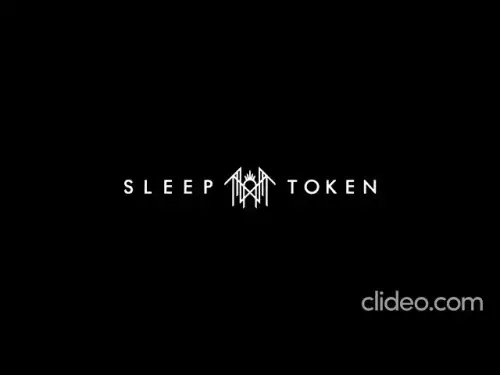-
 Bitcoin
Bitcoin $112200
0.96% -
 Ethereum
Ethereum $4310
0.64% -
 XRP
XRP $2.978
4.28% -
 Tether USDt
Tether USDt $0.9999
-0.02% -
 BNB
BNB $877.9
0.29% -
 Solana
Solana $215.6
6.68% -
 USDC
USDC $0.9997
-0.02% -
 Dogecoin
Dogecoin $0.2387
7.54% -
 TRON
TRON $0.3316
0.73% -
 Cardano
Cardano $0.8633
4.49% -
 Hyperliquid
Hyperliquid $50.46
7.52% -
 Chainlink
Chainlink $23.01
3.82% -
 Ethena USDe
Ethena USDe $1.001
-0.01% -
 Sui
Sui $3.469
2.94% -
 Stellar
Stellar $0.3750
4.79% -
 Bitcoin Cash
Bitcoin Cash $587.2
-2.71% -
 Avalanche
Avalanche $25.48
4.50% -
 Hedera
Hedera $0.2258
3.79% -
 UNUS SED LEO
UNUS SED LEO $9.548
0.05% -
 Litecoin
Litecoin $112.7
-1.24% -
 Cronos
Cronos $0.2527
-2.26% -
 Toncoin
Toncoin $3.098
-0.03% -
 Shiba Inu
Shiba Inu $0.00001287
4.08% -
 Polkadot
Polkadot $4.037
1.46% -
 Uniswap
Uniswap $9.567
3.02% -
 Dai
Dai $0.9997
-0.01% -
 Ethena
Ethena $0.7735
5.26% -
 World Liberty Financial
World Liberty Financial $0.2077
-7.48% -
 Monero
Monero $271.3
0.38% -
 Aave
Aave $302.8
1.35%
What is crypto staking vs mining?
Crypto staking offers a sustainable, low-barrier way to earn passive income and secure networks, contrasting sharply with energy-intensive mining.
Sep 08, 2025 at 11:36 pm
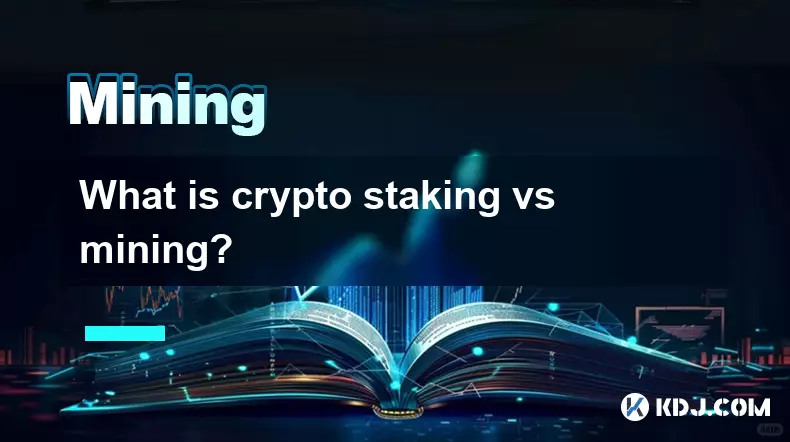
Crypto Staking: A Modern Approach to Network Validation
1. Crypto staking involves locking up a certain amount of cryptocurrency in a wallet to support the operations of a blockchain network, particularly those using the Proof-of-Stake (PoS) consensus mechanism. Participants who stake their coins are chosen to validate transactions and create new blocks based on the amount they hold and are willing to 'stake' as collateral.
2. Validators receive rewards in the form of additional cryptocurrency for their participation, making staking an attractive option for passive income. Unlike mining, staking does not require powerful hardware or high electricity consumption, lowering the barrier to entry.
3. The environmental impact of staking is significantly lower than that of mining due to its reliance on existing coin holdings rather than computational power. This makes PoS-based networks more sustainable over time.
4. Many major cryptocurrencies have transitioned to or launched with staking mechanisms, including Ethereum after its Merge upgrade, Cardano, Solana, and Polkadot. These networks rely on decentralized validators who must act honestly, or risk losing part of their staked assets through a process called slashing.
5. Staking enables users to contribute directly to network security while earning consistent returns without needing technical infrastructure.
Mining: The Original Method of Blockchain Consensus
1. Mining originated with Bitcoin and operates under the Proof-of-Work (PoW) model, where miners use specialized computers to solve complex cryptographic puzzles. The first miner to solve the puzzle gets the right to add a new block to the blockchain and is rewarded with newly minted coins.
2. This process demands substantial computing power and energy, leading to the rise of large-scale mining farms equipped with ASICs (Application-Specific Integrated Circuits). The competitive nature of mining drives up both costs and resource usage.
3. As more miners join the network, the difficulty of puzzles increases, ensuring block production remains steady. However, this also means individual miners often pool resources through mining pools to increase their chances of earning rewards.
4. While mining played a foundational role in establishing trustless systems, its scalability and environmental footprint have come under scrutiny. Networks like Bitcoin and Litecoin still rely on PoW, but newer projects are increasingly favoring alternatives.
5. Mining remains critical for securing some of the oldest and most decentralized blockchains, though it favors those with access to cheap energy and advanced hardware.
Key Differences Between Staking and Mining
1. The primary distinction lies in how consensus is achieved—mining uses computational work, while staking relies on economic commitment. In PoW, validators prove their effort; in PoS, they prove their investment.
2. Equipment requirements differ drastically. Mining necessitates expensive GPUs or ASICs, cooling systems, and continuous power supply. Staking can be done with a standard computer or even a mobile wallet, provided the user meets the minimum token requirement.
3. Energy efficiency favors staking by a wide margin. PoW networks consume vast amounts of electricity, drawing criticism from regulators and environmental groups. PoS networks achieve similar security with a fraction of the energy.
4. Entry barriers vary. Mining requires upfront capital for hardware and ongoing expenses for electricity and maintenance. Staking requires holding a specific cryptocurrency, which may involve market risk but avoids operational overhead.
5. The shift from mining to staking reflects broader industry trends toward accessibility, sustainability, and long-term network viability.
Frequently Asked Questions
What happens if I unstake my crypto?Unstaking typically initiates a waiting period during which your funds are locked before becoming transferable. During this time, you stop earning rewards and may be subject to penalties if the network enforces cooldown periods or slashing conditions.
Can I lose money by staking?Yes. If the price of the staked asset drops significantly, losses can outweigh earned rewards. Additionally, some networks penalize dishonest behavior by confiscating part of the staked amount, known as slashing.
Is mining still profitable in 2024?Profitability depends on local electricity costs, hardware efficiency, and the current market value of the mined coin. For most individuals, mining at home is no longer viable compared to joining large-scale operations or switching to staking alternatives.
Do all cryptocurrencies offer staking?No. Only blockchains using Proof-of-Stake or hybrid consensus models support staking. Bitcoin, which uses Proof-of-Work, does not allow staking. Users must verify whether a specific coin supports staking through its protocol design.
Disclaimer:info@kdj.com
The information provided is not trading advice. kdj.com does not assume any responsibility for any investments made based on the information provided in this article. Cryptocurrencies are highly volatile and it is highly recommended that you invest with caution after thorough research!
If you believe that the content used on this website infringes your copyright, please contact us immediately (info@kdj.com) and we will delete it promptly.
- Cryptos Primed for Upside Gains in September 2025: Arctic Pablo, MoonBull, and More
- 2025-09-09 09:10:46
- Ethereum, Solana, XRP: Decoding the Latest Crypto Trends
- 2025-09-09 09:10:46
- Dogwifhat, Meme Coin Mania, and Presales: What's the Deal?
- 2025-09-09 09:10:47
- Liberty Seated Dollar, 1870, Harlan Berk: Unveiling a Numismatic Mystery
- 2025-09-09 09:10:47
- OpenLedger (OPEN): Riding the AI and Exchange Listing Wave
- 2025-09-09 09:10:48
- OpenSea's NFT Evolution: Flagship Collection, SEA Token, and Market Dominance
- 2025-09-09 09:10:48
Related knowledge

What is crypto staking vs mining?
Sep 08,2025 at 11:36pm
Crypto Staking: A Modern Approach to Network Validation1. Crypto staking involves locking up a certain amount of cryptocurrency in a wallet to support...
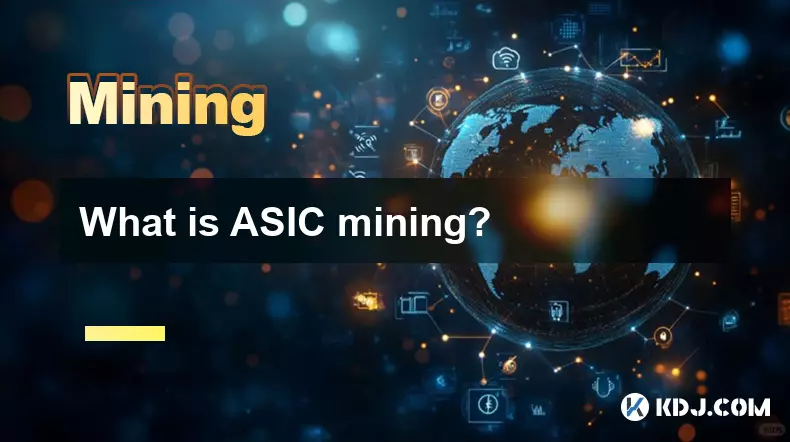
What is ASIC mining?
Sep 09,2025 at 12:00am
Understanding ASIC Mining in Cryptocurrency1. ASIC stands for Application-Specific Integrated Circuit, a type of hardware specifically designed to per...
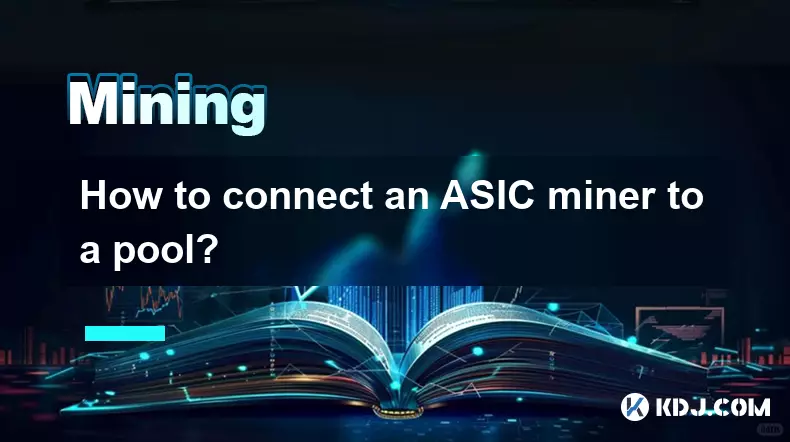
How to connect an ASIC miner to a pool?
Sep 06,2025 at 09:55am
Bitcoin's Role in Decentralized Finance Evolution1. Bitcoin remains the cornerstone of the cryptocurrency ecosystem, providing a foundation for trustl...

How to mine Litecoin?
Sep 07,2025 at 07:00pm
Understanding Litecoin Mining Basics1. Litecoin operates on a decentralized blockchain network that relies on miners to validate transactions and secu...
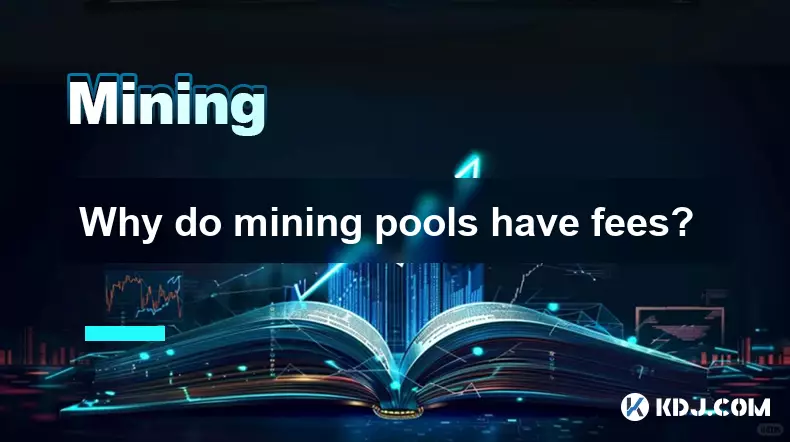
Why do mining pools have fees?
Sep 04,2025 at 09:18pm
Understanding the Role of Mining Pools in Cryptocurrency Networks1. Mining pools aggregate the computational power of multiple miners to increase the ...

What are the main components of an ASIC miner?
Sep 07,2025 at 04:37pm
Decentralized Exchanges Gain Momentum in 20241. Decentralized exchanges (DEXs) have seen a surge in trading volume, surpassing several centralized pla...

What is crypto staking vs mining?
Sep 08,2025 at 11:36pm
Crypto Staking: A Modern Approach to Network Validation1. Crypto staking involves locking up a certain amount of cryptocurrency in a wallet to support...

What is ASIC mining?
Sep 09,2025 at 12:00am
Understanding ASIC Mining in Cryptocurrency1. ASIC stands for Application-Specific Integrated Circuit, a type of hardware specifically designed to per...

How to connect an ASIC miner to a pool?
Sep 06,2025 at 09:55am
Bitcoin's Role in Decentralized Finance Evolution1. Bitcoin remains the cornerstone of the cryptocurrency ecosystem, providing a foundation for trustl...

How to mine Litecoin?
Sep 07,2025 at 07:00pm
Understanding Litecoin Mining Basics1. Litecoin operates on a decentralized blockchain network that relies on miners to validate transactions and secu...

Why do mining pools have fees?
Sep 04,2025 at 09:18pm
Understanding the Role of Mining Pools in Cryptocurrency Networks1. Mining pools aggregate the computational power of multiple miners to increase the ...

What are the main components of an ASIC miner?
Sep 07,2025 at 04:37pm
Decentralized Exchanges Gain Momentum in 20241. Decentralized exchanges (DEXs) have seen a surge in trading volume, surpassing several centralized pla...
See all articles

























